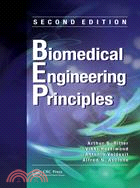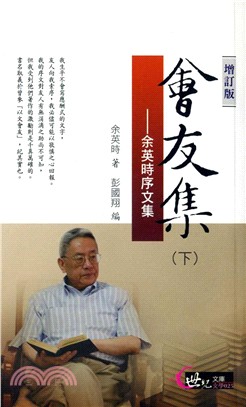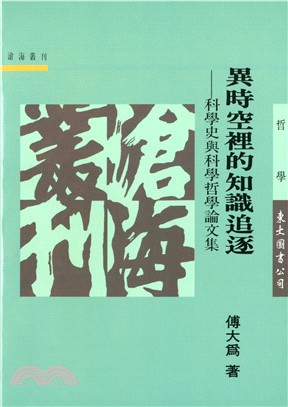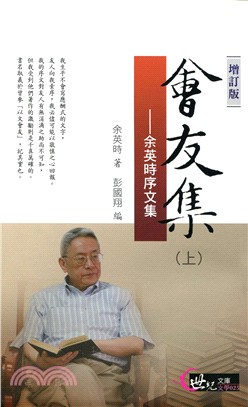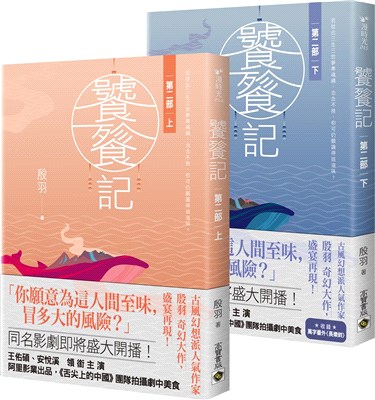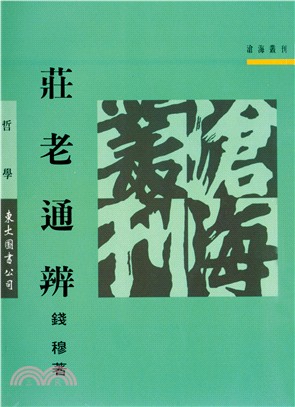Biomedical Engineering Principles
商品資訊
ISBN13:9781439812327
出版社:CRC PRESS
作者:Vikki Hazelwood (EDT); Antonio Valdevit (EDT); Alfred Ascione (EDT); Vikki Hazelwood
出版日:2011/05/06
裝訂/頁數:精裝/540頁
定價
:NT$ 10075 元優惠價
:90 折 9068 元
若需訂購本書,請電洽客服 02-25006600[分機130、131]。
商品簡介
作者簡介
目次
相關商品
商品簡介
Current demand in biomedical sciences emphasizes the understanding of basic mechanisms and problem solving rather than rigid empiricism and factual recall. Knowledge of the basic laws of mass and momentum transport as well as model development and validation, biomedical signal processing, biomechanics, and capstone design have indispensable roles in the engineering analysis of physiological processes. To this end, an introductory, multidisciplinary text is a must to provide the necessary foundation for beginning biomedical students.
Assuming no more than a passing acquaintance with molecular biology, physiology, biochemistry, and signal processing, Biomedical Engineering Principles, Second Edition provides just such a solid, accessible grounding to this rapidly advancing field. Acknowledging the vast range of backgrounds and prior education from which the biomedical field draws, the organization of this book lends itself to a tailored course specific to the experience and interests of the student.
Divided into four sections, the book begins with systems physiology, transport processes, cell physiology, and the cardiovascular system. Part I covers systems analysis, biological data, and modeling and simulation in experimental design, applying concepts of diffusion, and facilitated and active transport. Part II presents biomedical signal processing, reviewing frequency, periodic functions, and Fourier series as well as signal acquisition and processing techniques.
Part III presents the practical applications of biomechanics, focusing on the mechanical and structural properties of bone, musculoskeletal, and connective tissue with respect to joint range, load bearing capacity, and electrical stimulation. The final part highlights capstone design, discussing design perspectives for living and nonliving systems, the role of the FDA, and the project timeline from inception to proof of concept.
Cutting across many disciplines, Biomedical Engineering Principles, Second Edition offers illustrative examples as well as problems and discussion questions designed specifically for this book to provide a readily accessible, widely applicable introductory text.
Assuming no more than a passing acquaintance with molecular biology, physiology, biochemistry, and signal processing, Biomedical Engineering Principles, Second Edition provides just such a solid, accessible grounding to this rapidly advancing field. Acknowledging the vast range of backgrounds and prior education from which the biomedical field draws, the organization of this book lends itself to a tailored course specific to the experience and interests of the student.
Divided into four sections, the book begins with systems physiology, transport processes, cell physiology, and the cardiovascular system. Part I covers systems analysis, biological data, and modeling and simulation in experimental design, applying concepts of diffusion, and facilitated and active transport. Part II presents biomedical signal processing, reviewing frequency, periodic functions, and Fourier series as well as signal acquisition and processing techniques.
Part III presents the practical applications of biomechanics, focusing on the mechanical and structural properties of bone, musculoskeletal, and connective tissue with respect to joint range, load bearing capacity, and electrical stimulation. The final part highlights capstone design, discussing design perspectives for living and nonliving systems, the role of the FDA, and the project timeline from inception to proof of concept.
Cutting across many disciplines, Biomedical Engineering Principles, Second Edition offers illustrative examples as well as problems and discussion questions designed specifically for this book to provide a readily accessible, widely applicable introductory text.
作者簡介
About the Editors:
ARTHUR B. RITTER is Distinguished Service Professor and Director of Biomedical Engineering, Stevens Institute of Technology, Hoboken, New Jersey. Dr. Ritter received the B.C.H.E. degree at the City University of New York, New York, and the M.S. and Ph.D. degrees at the University of Rochester, New York.
STANLEY REISMAN is Professor of Biomedical Engineering, New Jersey Institute of Technology, Newark. He received the B.S. degree in electrical engineering from the Polytechnic Institute of Brooklyn, New York, the M.S. degree in electrical engineering from the Massachusetts Institute of Technology, Cambridge, and the Ph.D. degree in bioengineering from the Polytechnic Institute of New York, Brooklyn.
BOZENA B. MICHNIAK is Professor, Department of Pharmacology and Physiology, Rutgers University, Newark, New Jersey, and Director of the Drug Delivery Laboratory and the Industrial Membership Program, New Jersey Center for Biomaterials, Piscataway. Dr. Michniak received the Ph.D. degree (1980) in pharmacology from Leicester Polytechnic, England.
ARTHUR B. RITTER is Distinguished Service Professor and Director of Biomedical Engineering, Stevens Institute of Technology, Hoboken, New Jersey. Dr. Ritter received the B.C.H.E. degree at the City University of New York, New York, and the M.S. and Ph.D. degrees at the University of Rochester, New York.
STANLEY REISMAN is Professor of Biomedical Engineering, New Jersey Institute of Technology, Newark. He received the B.S. degree in electrical engineering from the Polytechnic Institute of Brooklyn, New York, the M.S. degree in electrical engineering from the Massachusetts Institute of Technology, Cambridge, and the Ph.D. degree in bioengineering from the Polytechnic Institute of New York, Brooklyn.
BOZENA B. MICHNIAK is Professor, Department of Pharmacology and Physiology, Rutgers University, Newark, New Jersey, and Director of the Drug Delivery Laboratory and the Industrial Membership Program, New Jersey Center for Biomaterials, Piscataway. Dr. Michniak received the Ph.D. degree (1980) in pharmacology from Leicester Polytechnic, England.
目次
Introduction: Modeling of Physiological Processes
Cell Physiology and Transport
Principles and Biomedical Applications of Hemodynamics
A Systems Approach to Physiology
The Cardiovascular System
Biomedical Signal Processing
Signal Acquisition and Processing
Techniques for Physiological Signal Processing
Examples of Physiological Signal Processing
Principles of Biomechanics
Practical Applications of Biomechanics
Biomaterials
Principles of Biomedical Capstone Design
Unmet Clinical Needs
Entrepreneurship: Reasons why Most Good Designs Never Get to Market
An Engineering Solution in Search of a Biomedical Problem to Solve
Tissue Engineering
Future Trends in BME
Cell Physiology and Transport
Principles and Biomedical Applications of Hemodynamics
A Systems Approach to Physiology
The Cardiovascular System
Biomedical Signal Processing
Signal Acquisition and Processing
Techniques for Physiological Signal Processing
Examples of Physiological Signal Processing
Principles of Biomechanics
Practical Applications of Biomechanics
Biomaterials
Principles of Biomedical Capstone Design
Unmet Clinical Needs
Entrepreneurship: Reasons why Most Good Designs Never Get to Market
An Engineering Solution in Search of a Biomedical Problem to Solve
Tissue Engineering
Future Trends in BME
主題書展
更多
主題書展
更多書展今日66折
您曾經瀏覽過的商品
購物須知
外文書商品之書封,為出版社提供之樣本。實際出貨商品,以出版社所提供之現有版本為主。部份書籍,因出版社供應狀況特殊,匯率將依實際狀況做調整。
無庫存之商品,在您完成訂單程序之後,將以空運的方式為你下單調貨。為了縮短等待的時間,建議您將外文書與其他商品分開下單,以獲得最快的取貨速度,平均調貨時間為1~2個月。
為了保護您的權益,「三民網路書店」提供會員七日商品鑑賞期(收到商品為起始日)。
若要辦理退貨,請在商品鑑賞期內寄回,且商品必須是全新狀態與完整包裝(商品、附件、發票、隨貨贈品等)否則恕不接受退貨。



